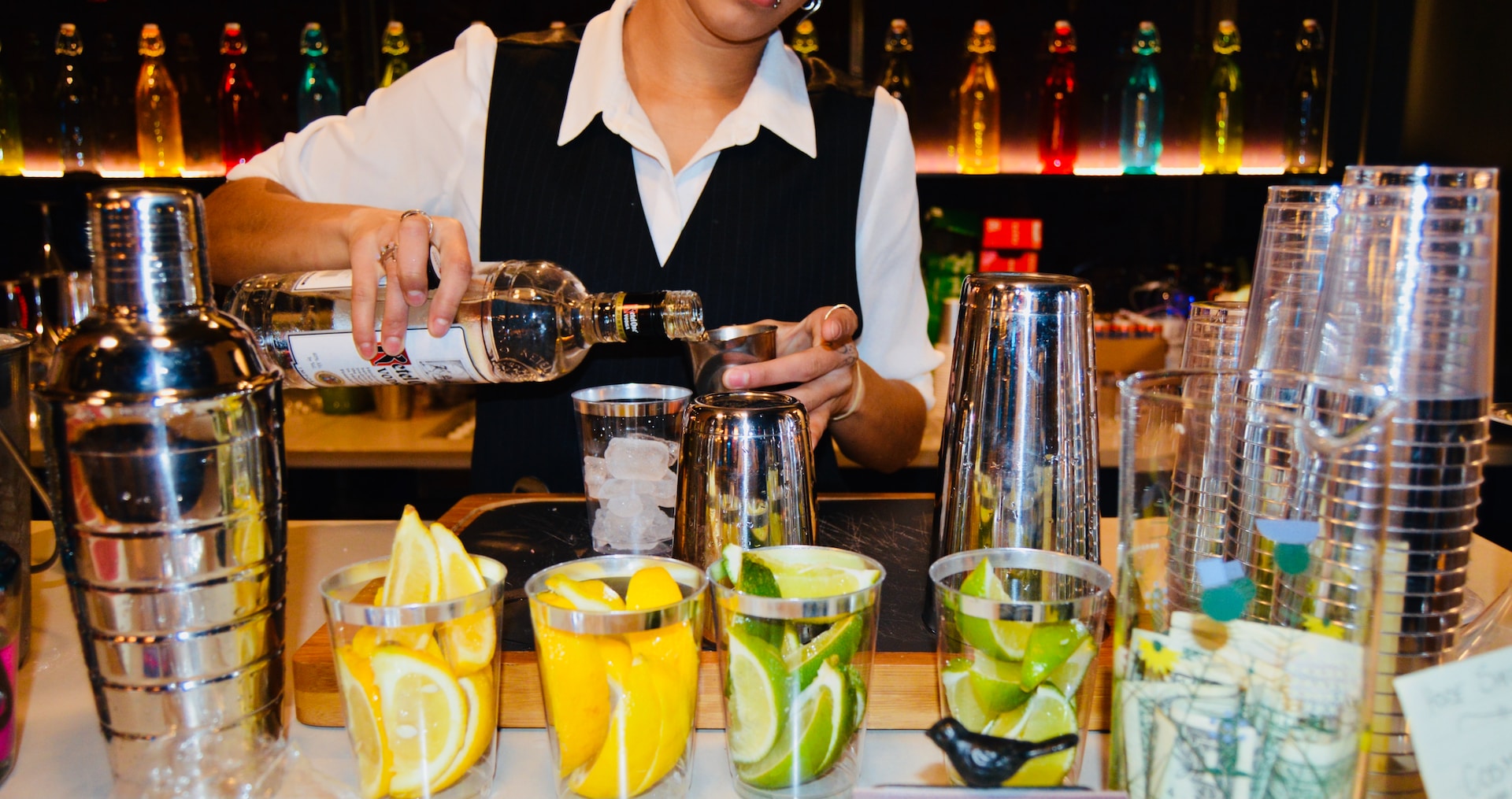In the vibrant world of food and beverages, variety is the spice of life. As a grocery store or a food and beverage brand, you might often find yourself contemplating the idea of importing food into the US. Latin America is a treasure trove of unique flavors, ripe for exploration. It’s time for you to learn how to import food products to the USA from this region, focusing on the ins and outs of the process, the benefits, and the steps to ensure your venture is a success.
The Why: The Advantages of Importing Latin American Food
Latin American food products are a worthwhile addition to your offerings because of:
- Diversity: Latin America is home to a plethora of unique food products, from Peruvian purple corn to Brazilian acai berries. By importing these items, you provide your customers with a wide array of options, enhancing their shopping experience.
- Popularity: Latin American cuisine has gained significant popularity in the US, thanks to its robust flavors and healthful ingredients. By offering these products, you cater to an ever-growing consumer base seeking these foods.
- Profitability: Importing food to the USA for resale can be a profitable business, considering the high demand for ethnic foods in the country. The opportunity to mark-up these unique items can contribute to your bottom line.
The How: Steps to Import Food Products to the USA from Latin America
With the right steps, importing food into the US is a smooth sail.
Here’s the set of key stages you need to navigate:
- Identify Your Product: Understanding the specific food product you want to import is the first step. This knowledge will guide your subsequent actions, from seeking suppliers to fulfilling regulatory requirements If you’re looking for inspiration and opportunities to discover new products, attending the Cocina Sabrosa tradeshow is a great start. The show features a wide array of LatAm food and beverage vendors.
- Find a Reliable Supplier: Building a strong relationship with a trustworthy supplier is crucial. Ensure that they adhere to food safety standards and can consistently meet your quantity and quality requirements. Again, Cocina Sabrosa shines as a venue for meeting and connecting with reliable suppliers from across Latin America.
- Understand FDA Regulations: The Food and Drug Administration (FDA) has strict guidelines for food importation. Get familiar with these regulations.
- Hire a Customs Broker: A customs broker can help you navigate the complex world of importation. They understand the laws, regulations, and paperwork needed.
The Checklist: Key Factors to Consider when Importing Food to the USA for Resale
When you’re on the path of importing food products, here are some factors to keep in mind:
- Product Demand: Research the market demand for your chosen product. Does it align with current food trends? Will it appeal to your target demographic?
- Costs: Consider all costs involved in the process, from product costs to shipping fees, customs duties, and insurance. Ensure that the venture is financially viable.
- Compliance: Be aware of the compliance involved in food importation. This includes FDA regulations, labeling requirements, and potential tariffs.
- Quality Control: Implement a quality control process to ensure imported products meet your standards. This can involve sampling products or visiting the supplier’s facilities.
- Logistics: Plan your logistics carefully. This involves coordinating with your supplier, your shipping provider, and your customs broker to ensure a smooth process.
The Bottom Line: Seizing the Opportunity
Importing food into the US from Latin America offers an exciting opportunity for grocery stores and food and beverage brands to diversify their offerings and boost profitability.
While the process requires planning and adherence to regulations, the potentialbenefits make it a venture worth considering. By identifying the right products, partnering with reliable suppliers, understanding FDA regulations, hiring a customs broker, and carefully planning your logistics, you can navigate the process of importing food to the USA for resale.
Remember, the key is to start with a well-researched strategy, stay compliant with the regulations, maintain high quality, and continually respond to the market demands. With these in place, your imported Latin American food products can become the star attractions on your shelves, winning over customers and bringing a unique flavor to your offerings.
There’s a whole world of tastes out there, waiting to be explored.








